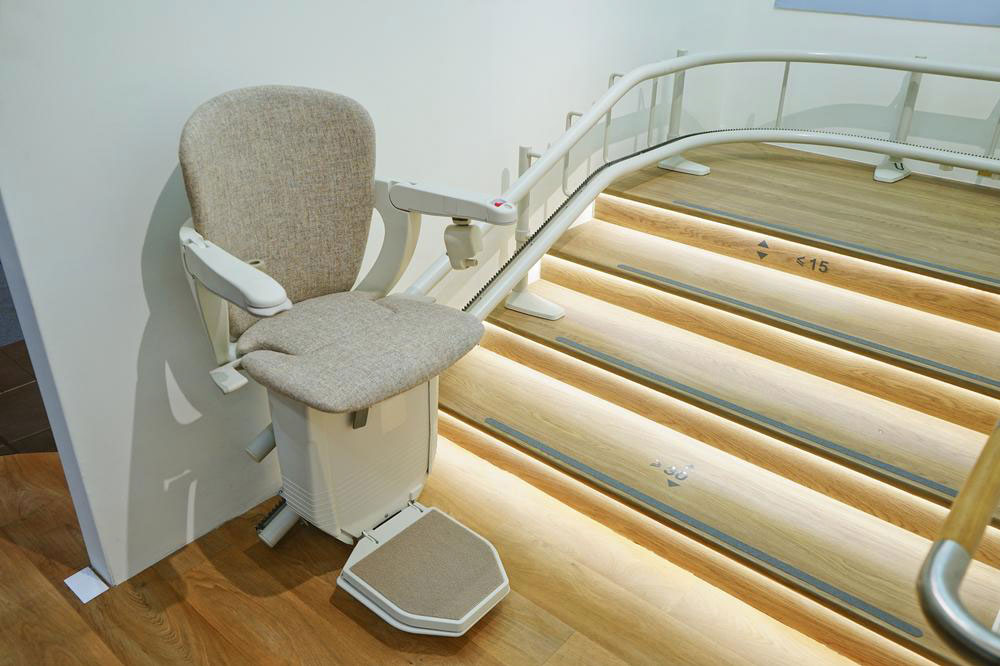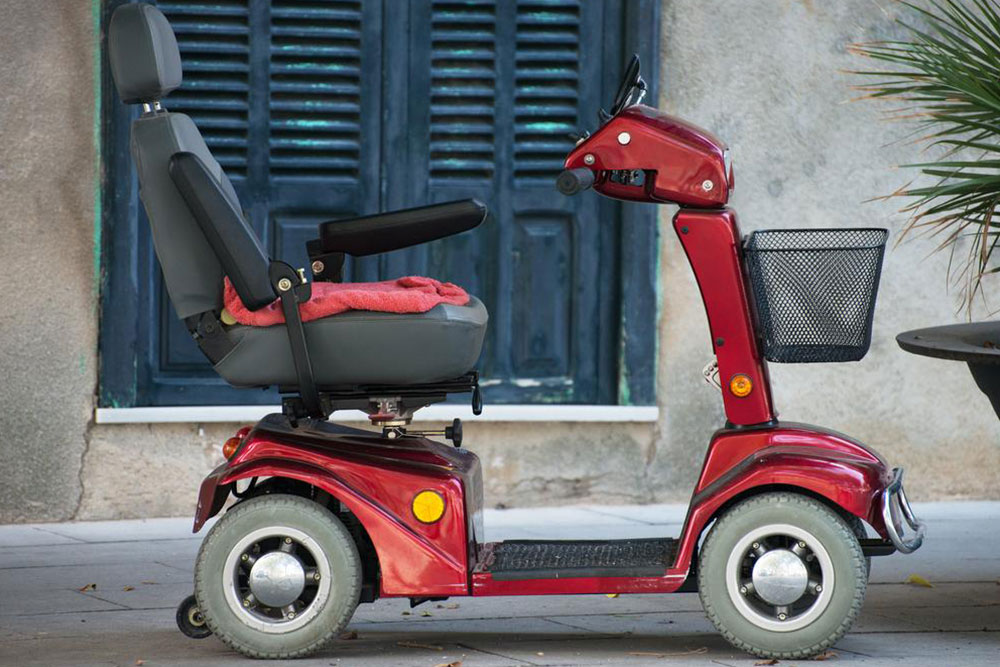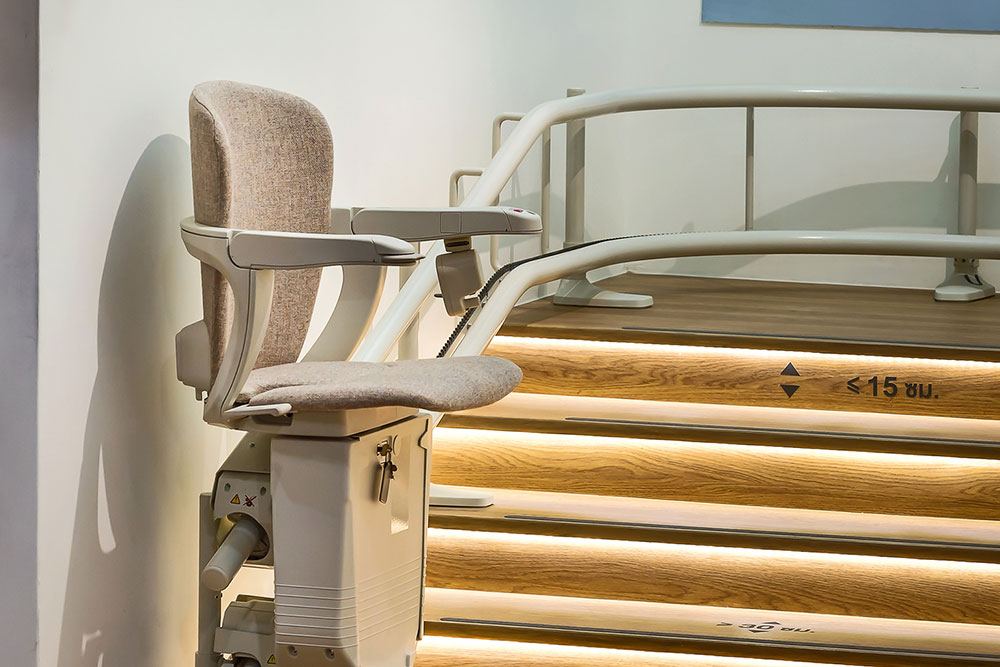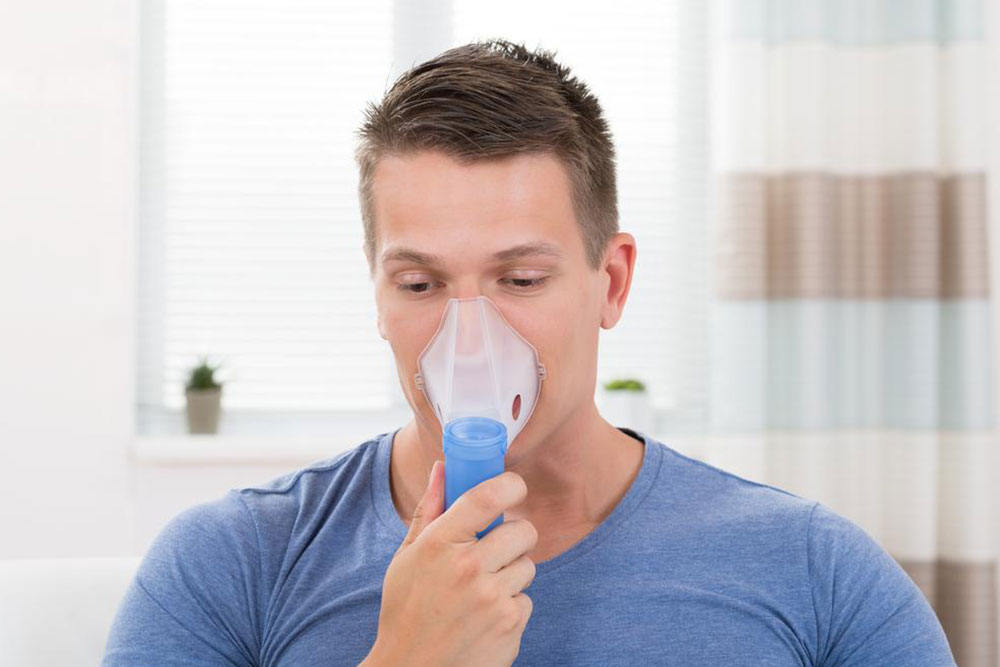Comprehensive Guide to Installing a Home Stairlift for Enhanced Mobility and Safety
This comprehensive guide explores essential considerations for installing a home stairlift. From understanding different types suited for various staircase designs to choosing safety features and installation tips, it helps families and caregivers make informed decisions. Installing the right stairlift enhances independence, safety, and comfort for seniors and individuals with mobility challenges. The article provides insights into outdoor and indoor models, plus practical advice on ensuring optimal performance and safety.

Essential Factors to Consider for a Safe and Effective Home Stairlift Installation
Ensuring the safety and independence of loved ones as they age is a primary concern for many families. Mobility issues can significantly impact daily life, especially when navigating stairs becomes more difficult due to aging, injury, or disability. Fortunately, advancements in assistive technology have made it possible to maintain mobility within the comfort of your home through the installation of stairlifts. These specialized devices are designed to help users move seamlessly and safely between floors, reducing fall risks and enhancing overall quality of life.
Stairlifts are an increasingly popular choice for residential and commercial spaces, serving elderly individuals and those with mobility challenges. Installing a stairlift correctly requires careful consideration of various factors—including staircase type, user needs, and safety features—to ensure a smooth experience. Understanding these key aspects can help you select the most suitable stairlift model, optimize installation, and create a safer environment for your family or clients.
Choosing the right stairlift depends on a variety of factors, including the specific layout of your staircase, personal mobility needs, and environmental conditions. The following sections will detail the different types of stairlifts available, the specific features to look for, and other critical considerations to ensure you make an informed decision that guarantees safety, reliability, and comfort.
Types of Stairlifts: Matching Your Staircase Design with the Right Solution
Stairlifts come in multiple configurations, tailored to adapt to diverse staircase layouts and user preferences. Recognizing these types helps in selecting the most appropriate model for your home or facility. The main categories include:
Straight Rail Stairlifts
Designed for straight, linear staircases without any curves or landings. These are the most common and straightforward to install, often can be measured and assembled by homeowners or professional installers. They are generally cost-effective and quick to set up, making them ideal for homes with simple staircase designs.
Curved Rail Stairlifts
Custom-built to follow the specific contours of a staircase with bends, turns, or landings. These stairlifts require professional installation due to their tailored design and complex rail fabrication. They typically cost more and take longer to install but provide a seamless and secure ride on intricate staircase layouts.
Outdoor Stairlifts
Outdoor stairlifts are specially designed to withstand the elements, making them suitable for exterior stairs such as decks, porches, and garden paths. Made from weatherproof materials like marine-grade alloys and waterproof casings, these units are resistant to rain, snow, and UV exposure. Some outdoor models are versatile enough for both indoor and outdoor use, with minor modifications and additional weather protection.
Key Features to Consider When Choosing a Stairlift
Beyond the basic model, numerous features can enhance safety, user comfort, and ease of operation. Carefully evaluating these factors ensures a tailored solution that meets your specific needs:
Foldable Seats
Helps save space when the stairlift is not in use. The ability to fold away the seat prevents obstruction and reduces tripping hazards, especially in narrow stairwells.
Swiveling Seats
This feature allows the user to rotate the chair at the top or bottom of the stairs, facilitating safer and easier dismounting. Swiveling seats are particularly beneficial for users with limited mobility or balance issues.
Armrests
Provide additional stability during the ride and offer comfort. Some models come with adjustable or removable armrests for ease of transferring in and out.
Footrests
Designed to improve stability and prevent feet from hitting the stairs or straddle the rail, footrests can be foldable for added convenience.
Seat Belts
Safety is paramount, and seat belts ensure the user remains securely seated throughout the ride, especially important for those with balance or coordination difficulties.
Safety Sensors
Equipped to detect obstacles or obstructions along the staircase path, these sensors automatically stop or slow the ride to prevent accidents and injuries.
Remote Control
Allows caregivers or users to summon or stop the stairlift from a distance, providing additional convenience and control.
Additional Considerations and Alternative Options
If navigating stairs while seated poses a challenge, standing stairlifts provide a practical alternative. These models aid individuals in maintaining balance while standing, ideal for users who prefer to remain upright. They are especially useful for narrow staircases or users with specific mobility preferences.
Installation of a stairlift is a significant investment in safety now and independence later. Consulting with mobility specialists can help you evaluate the best options tailored to your staircase design and personal needs. Proper installation, regular maintenance, and safety checks ensure long-term performance and peace of mind.
In conclusion, selecting and installing a stairlift involves an understanding of your staircase layout, mobility requirements, safety features, and environmental factors. By considering these critical aspects and seeking professional guidance when necessary, you can create a safer, more accessible living environment for your loved ones or clients, improving their autonomy and quality of life.





